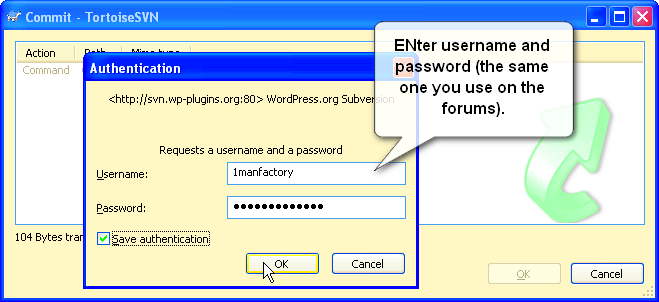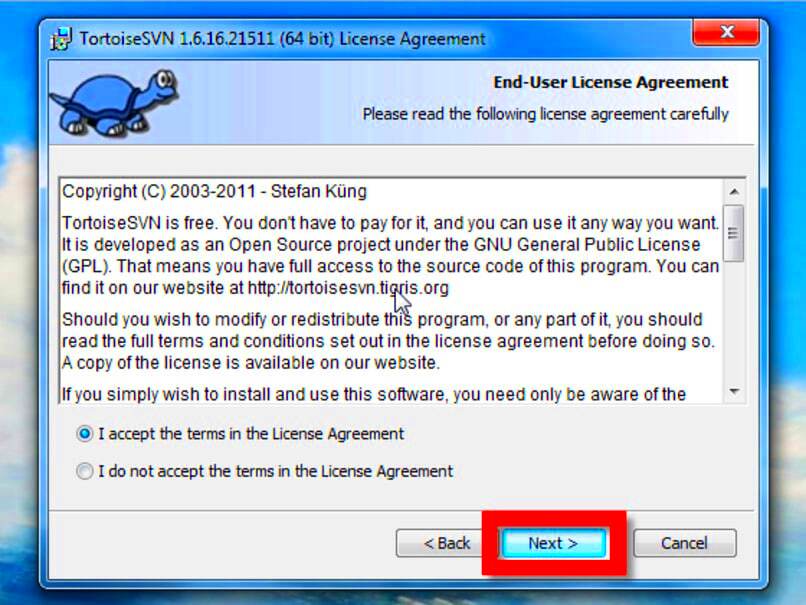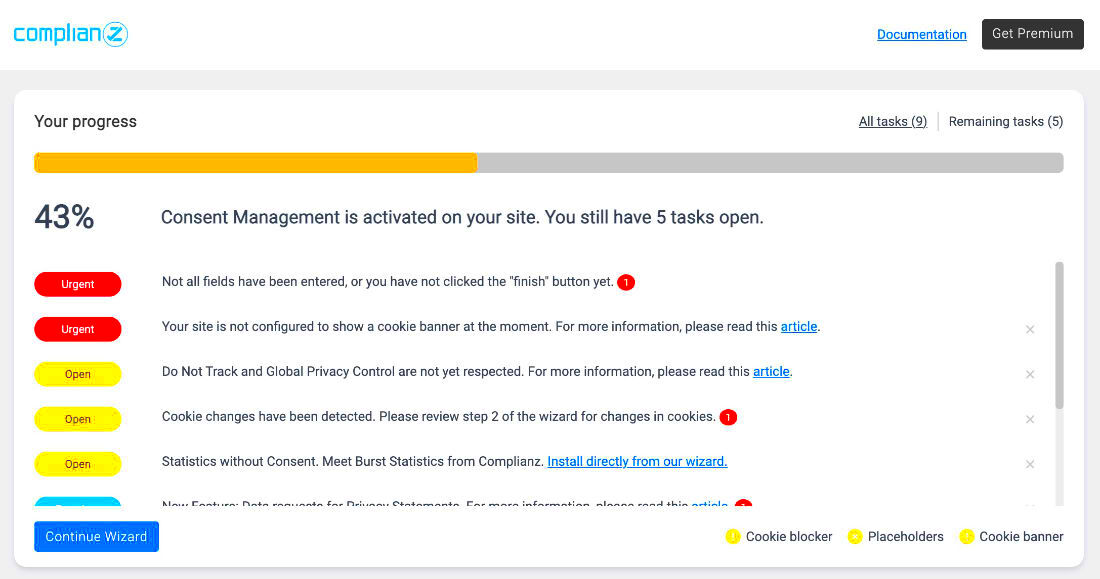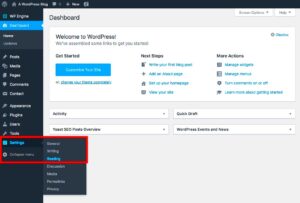Welcome! If you’re looking to boost your online privacy while browsing or managing your WordPress site, Tortoise VPN might just be the solution you need. This virtual private network service offers a secure and anonymous connection to the internet, making it challenging for prying eyes to track your online activities. In this section, we’ll explore what Tortoise VPN is and dive into its many benefits.
What is Tortoise VPN?
Tortoise VPN is a robust service designed to encrypt your internet connection, providing a secure tunnel between your device and the web. This means your data is protected from hackers, cybercriminals, and even your Internet Service Provider (ISP).
Benefits of Tortoise VPN
- Enhanced Security: Your data is encrypted, making it difficult for third parties to intercept it.
- Access Restricted Content: You can bypass geo-restrictions and access content that might be blocked in your region.
- IP Address Masking: Your real IP address is hidden, enhancing your anonymity online.
- Improved Performance: Some users notice faster internet speeds, especially when accessing international content.
- Multiple Device Support: Tortoise VPN can be set up on various devices, allowing for seamless browsing.
Why Use a VPN with WordPress?

If you’re running a WordPress site, you may wonder why a VPN is necessary. Using a VPN alongside your WordPress platform can significantly enhance both your security and overall experience. Let’s unpack that!
1. Secure Your Website Management:
When accessing your WordPress dashboard, you want to ensure that your login credentials and sensitive data remain confidential. A VPN encrypts this information, preventing hackers from capturing it.
2. Protect Against DDoS Attacks:
Online attackers may try to overwhelm your site with traffic. A VPN can help mask your IP address, making it harder for them to target you.
3. Avoid ISP Throttling:
Some ISPs might slow down your connection when they detect heavy usage. A VPN hides your activity, allowing you to maintain consistent speeds.
4. Access Your Site Remotely:
If you’re traveling and need to manage your website, a VPN grants you easy and secure access, no matter where you are.
5. Bypass Censorship:
In certain regions, access to WordPress sites can be restricted. A VPN enables you to circumvent these restrictions, ensuring that you can manage your site freely.
In conclusion, setting up a Tortoise VPN with your WordPress site is a strategic choice for enhancing security and improving your overall experience on the platform.
Setting Up Tortoise VPN: A Step-by-Step Guide

Getting your Tortoise VPN up and running is easier than you might think! Just follow these simple steps, and you’ll be enjoying enhanced privacy in no time. Ready? Let’s dive in!
- Download the Tortoise VPN Software:
First off, head over to the Tortoise VPN official website or trusted tech sources to download the software. Choose the version that matches your operating system, and make sure your device meets the minimum system requirements.
- Install Tortoise VPN:
Once downloaded, double-click the installer file. Follow the on-screen prompts, accepting agreements and choosing your desired settings. Make sure to install any necessary drivers to ensure smooth operation.
- Set Up User Credentials:
After installation, open the Tortoise VPN client. You’ll need to enter your account credentials—this might be provided by your VPN service. Don’t worry, most services are straightforward with this!
- Choose Your Server Location:
Select a server location that meets your needs. Most VPNs let you choose based on various factors like speed, distance, or even specific countries.
- Connect:
Once you’ve set everything up, click on the ‘Connect’ button. You should see a status change indicating a successful connection. Enjoy secure browsing!
- Test Your VPN Connection:
To ensure your Tortoise VPN is working, try visiting a site that shows your IP address. It should reflect your chosen VPN server’s IP!
And there you have it! With these steps, you’re all set to enhance your online privacy using Tortoise VPN.
Installing the WordPress Plugin for Tortoise VPN

Now that you’ve set up Tortoise VPN, why not enhance your WordPress site as well? Integrating VPN capabilities with your WordPress site can keep your content secure and help manage visitor data privacy. Here’s how to get that plugin installed step-by-step.
- Access Your WordPress Admin Dashboard:
Log into your WordPress site by visiting
yourwebsite.com/wp-admin. You’ll need to enter your credentials to gain access to the dashboard. - Go to the Plugins Section:
Once you’re in the dashboard, navigate to the ‘Plugins’ option on the left sidebar, and then click ‘Add New.’ This will take you to the plugin installation page.
- Search for the Tortoise VPN Plugin:
In the search bar, type in “Tortoise VPN” and hit enter. Browse through the results to find the official Tortoise VPN plugin.
- Install the Plugin:
After locating the plugin, click the ‘Install Now’ button. WordPress will automatically download and install the plugin for you.
- Activate the Plugin:
Once the installation is complete, you’ll see an ‘Activate’ button. Click on that to enable the Tortoise VPN plugin on your site.
- Configure the Plugin Settings:
Now, you’ll want to configure your VPN settings. Click on the settings link associated with the plugin. Here, you may need to enter your VPN credentials to establish the connection.
- Test the Plugin:
Ensure that the plugin is functioning as intended by performing a few tests. Try accessing your site from different locations to check if the VPN is working smoothly.
Setting up the Tortoise VPN plugin on your WordPress site not only enhances your site’s security but also boosts privacy for your visitors. It’s a win-win!
Configuring Tortoise VPN Settings for Optimal Performance
Alright, let’s dive into the nitty-gritty of configuring your Tortoise VPN settings for the best performance. Setting up a VPN is a great step toward enhancing your online privacy, but it’s essential to tweak the settings for optimal speed and security. Here’s how you can do that:
1. Choose the Right Protocol: Tortoise VPN offers various protocols, including OpenVPN, PPTP, and L2TP. For better security and speed, I recommend using OpenVPN, as it’s widely recognized for its robust encryption and performance.
2. Server Selection: Selecting a server that’s not too far from your physical location can drastically improve your connection speed. Use the Tortoise VPN dashboard to choose a nearby server. If you’re looking for security over speed, you may choose a server in a country with strong privacy laws.
3. Encryption Settings: Tortoise VPN allows you to adjust your encryption levels. For general use, AES-256 is a solid choice. However, if you’re working on public Wi-Fi and need that added layer of security, consider enabling stronger encryption options.
4. Split Tunneling: This is a nifty feature that lets you decide which applications use the VPN and which don’t. If you have apps that require a faster connection without the VPN, you can route them locally while securing the rest of your data through Tortoise VPN. Just set this up in the settings section.
5. Automatic Kill Switch: This feature ensures your internet connection is severed if the VPN drops unexpectedly. Always keep this enabled to prevent any accidental data leaks.
By following these steps, you can fine-tune your Tortoise VPN settings for maximum performance without compromising your privacy!
Testing Your VPN Connection with WordPress
Now that you’ve set up Tortoise VPN, it’s vital to ensure that everything is functioning like it should be. Testing your VPN connection doesn’t just confirm it’s running; it also reassures you that your data is secure. Here’s a simple guide on testing your VPN connection using WordPress:
1. Check Your IP Address: The first step is to ensure that your VPN is masking your true IP address. You can do this by visiting a website like whatismyip.com before and after connecting to the VPN. Compare the IP addresses:
| Status | Your IP Address |
|---|---|
| Before VPN | [Your Real IP] |
| After VPN | [VPN IP] |
2. Test for DNS Leaks: It’s crucial to ensure that the DNS requests are being routed through your VPN. Use a DNS leak test (like dnsleaktest.com) to verify that no information is leaking outside of the VPN.
3. WordPress Functionality Check: Navigate your WordPress dashboard while connected to the VPN. Make sure all plugins, themes, and site features are working smoothly. Any slowdowns may indicate issues with your VPN connection.
4. Speed Testing: Utilize a speed test tool such as speedtest.net to gauge the impact your VPN has on your internet speed. A slight reduction is normal, but if you notice significant lag, you might want to re-evaluate your server choice or protocol settings.
Testing your VPN connection ensures your online activities remain shielded while providing a seamless experience on your WordPress site. It’s better safe than sorry, right?
Troubleshooting Common Issues with the Plugin
Even the best plugins can sometimes run into hiccups, and the Tortoise VPN plugin for WordPress is no exception. If you’re experiencing issues, don’t worry! Here’s a handy troubleshooting guide to help you get back on track.
1. Connectivity Issues
If you find that your VPN isn’t connecting, try the following:
- Check Internet Connection: Ensure your internet is working. A simple restart of your router might help.
- Re-enter Credentials: Sometimes, credentials might get corrupted. Double-check to make sure your username and password are entered correctly.
- Server Selection: Try connecting to a different server. Sometimes, a specific server may be down for maintenance.
2. Slow Internet Speed
Experiencing slow speeds while connected? Here are a few tips:
- Change Protocol: Experiment with different VPN protocols available in the plugin settings for potentially better speeds.
- Server Location: Opt for servers geographically closer to you for better performance.
3. Plugin Updates
If your plugin suddenly behaves inconsistently, check:
- Updates: Ensure the Tortoise VPN plugin is updated to the latest version. Developers may release patches for known issues.
- Compatibility: Verify that your WordPress version is compatible with the plugin.
4. Firewall/Security Software Interference
Sometimes, security software can interfere with your VPN:
- Firewall Settings: Check your firewall settings to ensure that the plugin is allowed to communicate with the internet.
- Antivirus Configurations: Temporarily disable your antivirus to see if it resolves the issue.
Best Practices for Maintaining VPN Privacy on WordPress
Using a VPN plugin is a great first step towards enhancing your online privacy, but there are additional best practices you can adopt to ensure you get the most out of your VPN experience on WordPress.
1. Choose a Reliable VPN Service
The foundation of your VPN setup starts with selecting a reputable provider. Look for:
- No-Logs Policy: Ensure the VPN has a strict no-logs policy to guarantee your online activities remain private.
- Strong Encryption: Choose a service that uses robust encryption protocols to safeguard your data.
2. Consistently Update Your WordPress Site
Keeping your WordPress and all installed plugins up-to-date is crucial:
- Regular Backups: Always back up your site before implementing updates.
- Monitoring for Vulnerabilities: Stay informed on potential vulnerabilities associated with your plugins.
3. Configure VPN Settings Properly
After installation, make sure to adjust your VPN settings:
- DNS Leak Protection: Enable this feature to prevent any DNS queries from being exposed.
- Kill Switch: Activate a kill switch if your VPN connection drops suddenly. This prevents any unencrypted data from being transmitted.
4. Be Mindful of Public Wi-Fi
Even when using a VPN, it’s wise to practice caution:
- Avoid Sensitive Transactions: Try to avoid logging into secure accounts when connected to public Wi-Fi.
- Always Connect: Make it a habit to connect to your VPN before accessing the internet on public networks.
Implementing these best practices can significantly enhance your privacy while using WordPress with Tortoise VPN. Enjoy the peace of mind that comes with knowing your online activities are protected!
Conclusion: Enhancing Your WordPress Security with Tortoise VPN
In today’s digital landscape, safeguarding your online presence is more crucial than ever. Utilizing a WordPress plugin to set up Tortoise VPN offers robust privacy protection for your website and enhances security measures for your visitors. Here are some benefits of integrating Tortoise VPN with WordPress:
- Data Encryption: Tortoise VPN encrypts all data transmitted between your website and users, making it significantly harder for cybercriminals to intercept sensitive information.
- Anonymity: By masking your real IP address, Tortoise VPN provides a layer of anonymity for both site administrators and users, helping to protect against unwanted tracking.
- IP Whitelisting: Tortoise VPN allows you to set up IP whitelisting, which can restrict access to your WordPress dashboard, enhancing security.
- Improved Speed: With optimized server networks, Tortoise VPN can help reduce the load times of your website while maintaining security.
When setting up Tortoise VPN through a WordPress plugin, it’s important to consider these factors:
| Feature | Description |
|---|---|
| Compatibility | Ensure the plugin is compatible with your WordPress version. |
| Ease of Use | Look for user-friendly interfaces that allow quick settings adjustments. |
| Support | Opt for a plugin that provides reliable customer support and documentation. |
In conclusion, incorporating Tortoise VPN into your WordPress setup is an effective way to enhance your website’s security, protect sensitive data, and maintain user privacy. It is a worthwhile investment for anyone serious about online security.



